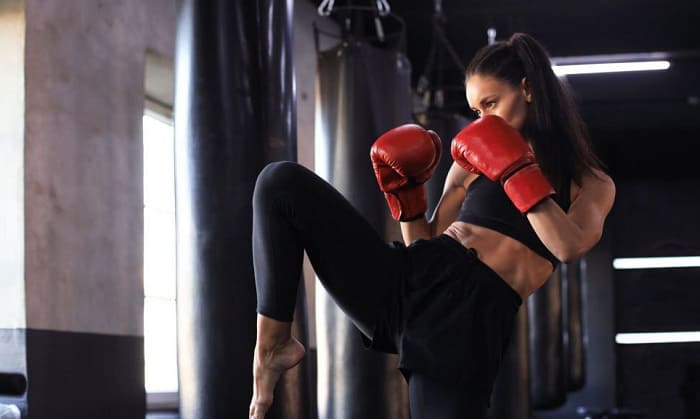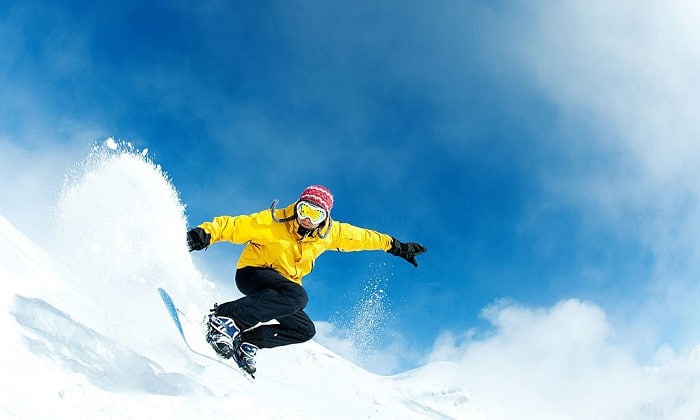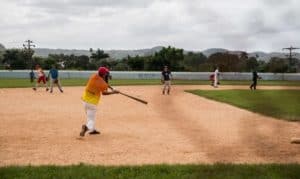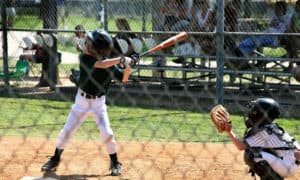Wearing gloves does not happen in most sports. Only certain sports practice the wearing of gloves. And this practice did not just come to be without a purpose. In other words, practicality drives competitors in certain sports to wear gloves.
But which sports require the wearing of gloves? Do you think you have what it takes to name a sport where the competitors wear gloves? Do you think you can secure the Family Feud over this one? Be ahead of the game. Read on to discover some surprising facts.
Why Wear Gloves in Sport
Wearing gloves in sport offers a dozen of benefits:
- Protecting the hand from infection, blistering, and other damages
- Providing a firm grip and maximizing the hand’s motion and capacity.
- Covering the player’s hand from injury and promoting fast repair in the hands from injuries.
- Providing support and maintaining stability when handling heavy and slippery sports tools.
- Absorbing impact
- Training the hand for support
- Allowing hands to function during the game despite being injured.
- Offering comfort to the hand.
- Fulfilling stylistic
- It keeps oil and sweat from interfering with the hand’s performance in the game.
Which Sports Have Players Wear Gloves
Here is a list of sports that require players and competitors to wear gloves:
- Cycling: Cycling is more than leg power. It takes as much effort from the hands as it takes from the legs. Long cycling hours mean sweaty, blister-prone, and unstable palms. Injury almost always takes its toll on the hands. Wearing gloves proves to be an utmost priority in cycling.
- Skiing: The ski pole handles can become extremely stable during motion. Without the right skills and gear like gloves, the hands will have injuries. Thus, wearing gloves protects the hands and enhances the hands’ agility for skiing.
- Lacrosse: Wearing gloves does not only figure as an option in a lacrosse game for men and women. In fact, the game requires its players or competitors to wear gloves for safety reasons, especially during winter seasons.
- Consequently, gloves protect the fingers from succumbing to frostbite. In addition, gloves improve a player’s grip performance by 80%!
- Baseball: Gloves are essential in a baseball game. Whether the player is catching and fielding balls or hitting the ball with a bat, he should benefit from wearing gloves. Besides protecting the hand from impact, the gloves enhance the gripping necessary for throwing or receiving balls.
- Golf: The golf club can become highly slippery upon contact with sweat and oil. One wrong move with the club could result in a missed spot in the golf ball. Swinging the club requires an intricate manner of transferring strength from the hand to the tip of the club.
- A golfer would not do this if he had sweaty or shaky hands. Thus, wearing gloves helps improve grip and keep the sweats out of the way.
- Luge: The gloves worn in a luge game do not resemble ordinary gloves. They feature spikes fastened along with the fingertip or knuckle areas. These spikes create friction and maintain stability in the body while sledding.
- Motocross: Motocross is a wild, risky, and extreme sport. One can imagine obstacles confronting the body and the hands – rocks, muds, dirt, and other heavy objects.
- Crashing with the motorcycle can endanger sensitive parts of the body, especially the hands. Thus, it is no surprise that gloves are required in the sport.
- But the gloves worn in the sport are specially designed for extreme purposes. Thus, a standard glove in motocross has outside padding located at the back of the hand to protect the hand from injuries.
- Racquetball: Like in most sports featured here, gloves increase control of the hand when gripping the rocket or when striking the ball.
- The racquetball sport mainly settles on minimal hand movements. And with a slippery surface, hitting strength loses its focus. Without focus and stability, accurately hitting the ball becomes a difficult, if not impossible, feat.
- Rowing/Sailing: Although it only came recently, wearing gloves when rowing has become an essential protocol for most players. The number one factor compels rowers to wear gloves is the emergence of excruciating blisters on the palm.
- While some would prefer natural protection by developing calluses on their palms, they cannot do so without creating some risks in the future.
- What is long-term pain compared to wearing a pair of gloves when rowing?
- Soccer: Yes. Even soccer players wear gloves during the cold season. Prolonged exposure to the cold, expected in a soccer game, can cause frostbites to develop in the fingers.
- In addition, when hands feel cold, they do not function well. So, in a way, wearing gloves also enhances the player’s performance during a cold season.
- Softball: Apart from strengthening the grip, protecting the hand, and keeping sweats at bay, the gloves’ tightness promotes agility in the hand and wrist. But this depends entirely on the player as some would not feel comfortable with a tight glove. Thus, softball does not impose the wearing of gloves.
Here are other sports that have players wear gloves:
- Snowboarding
- Equestrian
- Fencing
- Weightlifting
- Shooting
- Kickboxing
- Hockey/Ice Hockey
- Cricket
- Tennis
- Boxing
- Archery
- Car Racing
- Climbing
- Curling
- Bowling
Conclusion
Before you begin to name a sport where the competitors wear gloves, you must understand its function. And based on the data presented, wearing gloves in a sports event fulfills three primary purposes: protect, support, and comfort.
As noted herein, several sports, most extreme ones, see the importance of wearing gloves. The gloves remind us that we are without a superpower, and thus, our vulnerable hands deserve our care and protection.

A powerful swing and the ball is flying across the field, just one hit, and we might never forget the thrill it brings. I do not know about you, but I never do. Every baseball game is the chance to compete with others and cooperate with your teammate. It is among my biggest passions.
















